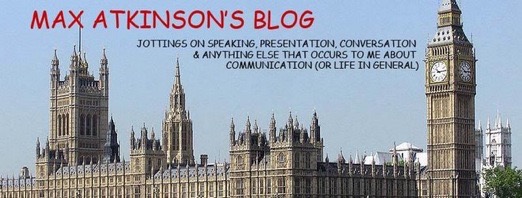
Will former MP's home get your vote?
David Heathcoat-Amory had been the Wells constituency MP from 1983 until this year's General Election.
He was one of the MPs dragged into last year's parliamentary expenses scandal when the Daily Telegraphrevealed the individual receipts and invoices of MPs.
His expenses bills for his Pilton home made it on to the front page – especially the revelation he had charged the taxpayer for 550 sacks of horse manure – part of the £5,877 bill he submitted to parliament for gardening, £3,173 for food and £2,371 for cleaning the Pilton home in the previous year.
The House of Commons expense review, headed by Sir Thomas Legg, ordered Mr Heathcoat-Amory to pay back £29,691.93 of tax-payers' money wrongly given.
Critics claim that it was the publicity over the expenses that cost Mr Heathcoat-Amory his seat earlier this year.
Mr Heathcoat-Amory has decided not to stand again for parliament at Wells and with the loss of his £64,766 parliamentary salary, the Pilton home that was the subject of such controversy is suddenly surplus to requirements.
Mr Heathcoat-Amory, and his family, use their London home as their main residence and he no longer has reason to travel to and stay regularly in mid-Somerset.
So Beales House, Pilton, has gone on the market with Wells estate agents Carter Jonas, with a price tag of £1.5 million.
Mr Heathcoat-Amory said: "Yes, I am selling the house, it has always been my second home."
The particulars for Beales House reveal many of the features for which the upkeep, up until the expenses row, taxpayers had helped to fund: £10,000 was claimed over four years for gardening alone.
Special mention is given by the agents to the "well-established gardens and grounds with an extensive range of plants", a small waterfall and a croquet lawn.
Many of the invoices submitted for tax-payers to pay for over the last four years were for mowing and watering and Mr Heathcoat-Amory once submitted a bill of more than £50 for a spring weed-and-feed treatment, moss killer and herbicide to his lawn.
Similarly the house, according to the agents, has been "carefully maintained and extended by the owners", with the "most recent addition" of a garden room.
Prospective buyers can be reassured that Mr Heathcoat-Amory's expenses claims would appear to back that up: one bill was submitted for £363.43 of damage caused by squirrels to the electrics in his loft, and by mice in the kitchen roof.
The house has three reception rooms and five bedrooms and anyone thinking of purchasing the property will have to consider the cost of heating such a large property: a £986.17 bill for heating oil was submitted to parliament in January 2008. An earlier claim totalled £858.
Much is made of the kitchen, which includes a built-in larder/wine store, which perhaps helped to house much of the £3,173-worth of food purchased by Mr Heathcoat-Amory and charged to tax-payers in one year.
There is also a range of outbuildings, including an artist's studio house in the old groom's quarters.
Asked by a reporter if he had any thoughts on leaving Pilton, Mr Heathcoat-Amory said: "I don't really have any. It is just one of those things."

